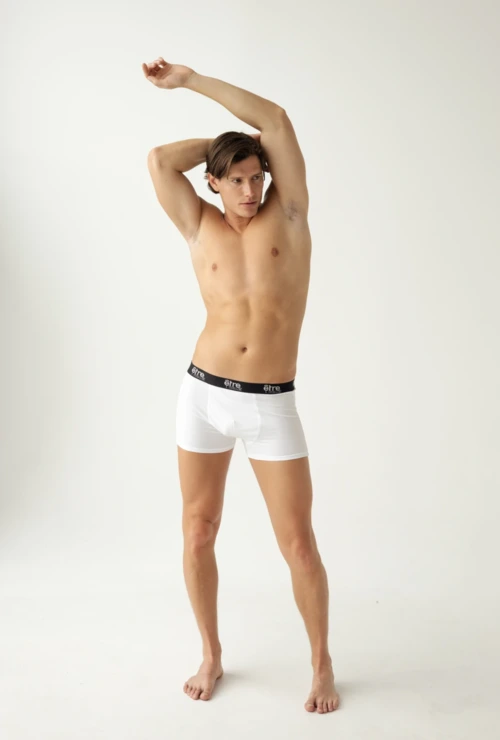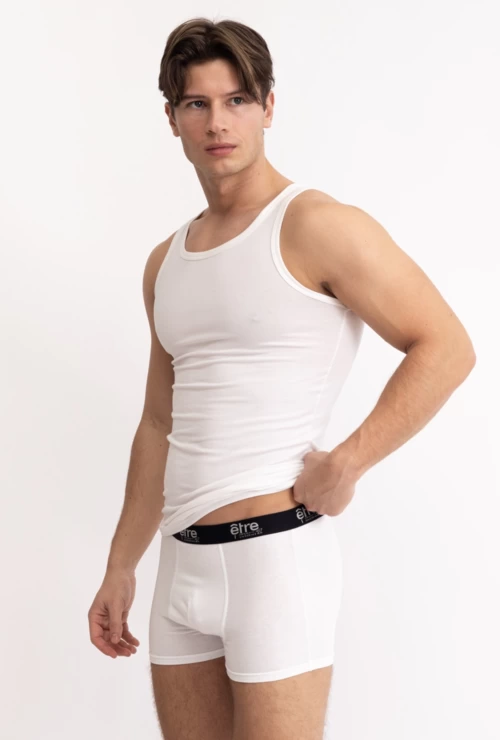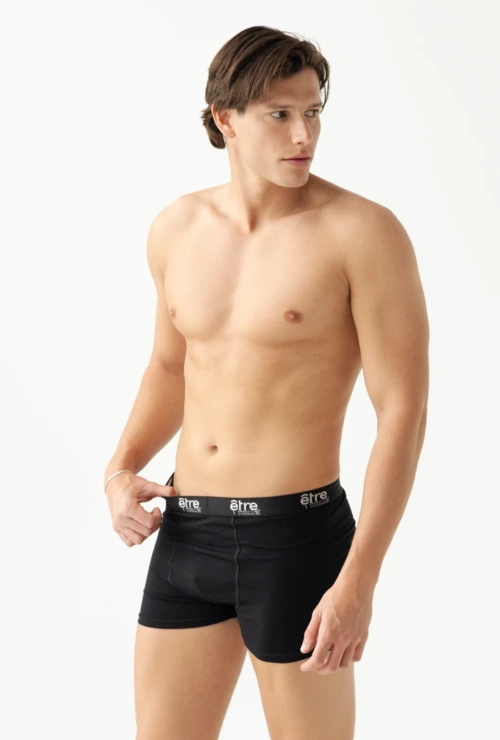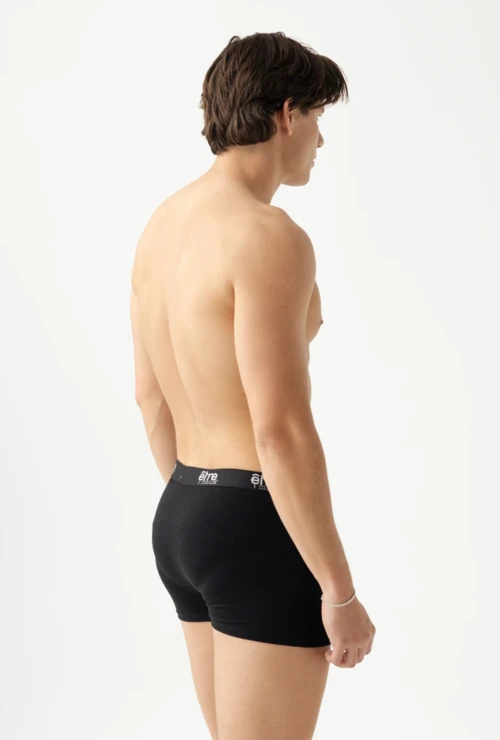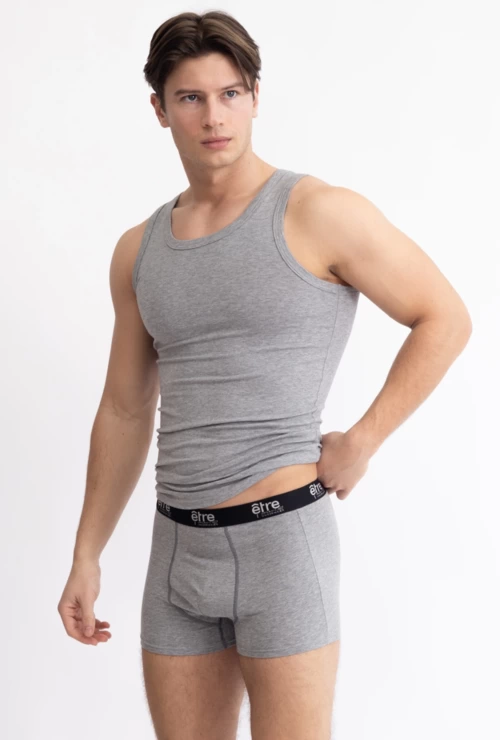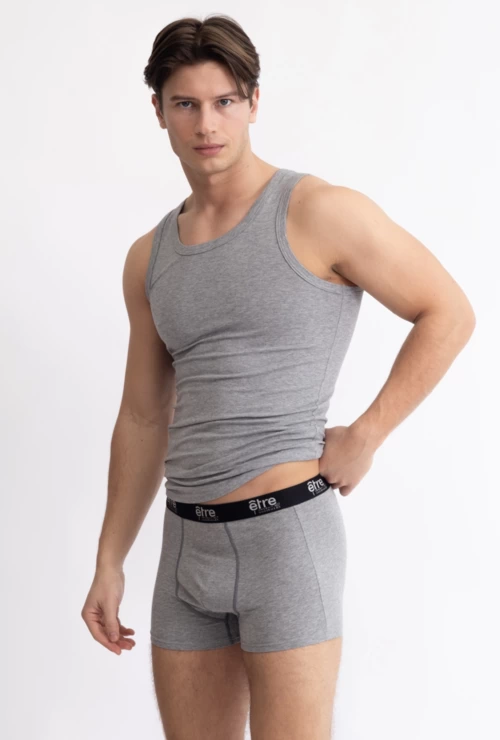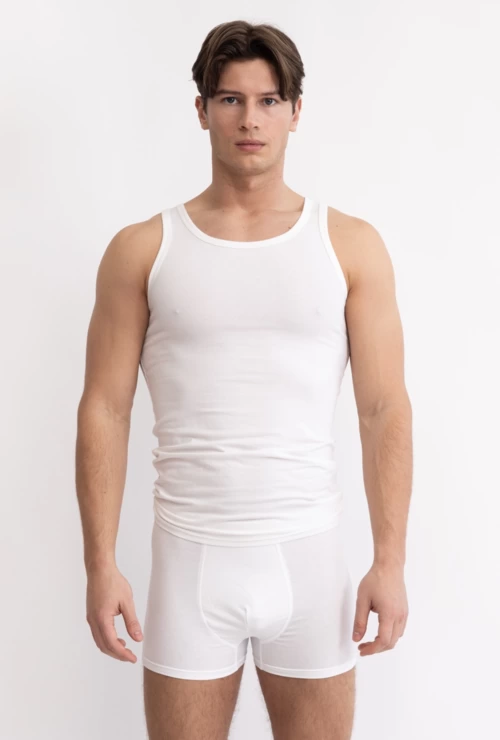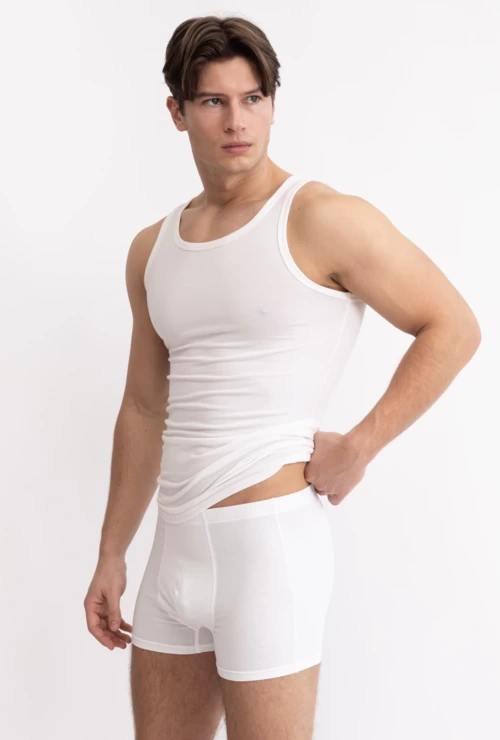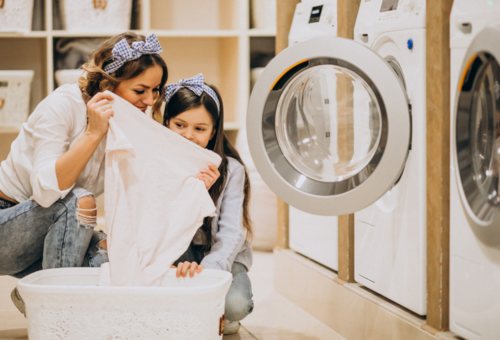You can’t go wrong with this material – even in summer
Do you know the exact feeling when the summer heat hits and you only want to wear clothes and underwear that have a pleasant and soft touch and don’t make you sweat at all? Enjoy summer (even when you’re not on vacation) without constant sweating and frustration! In this article, we show you how the material of ÊTRE underwear can contribute to all of this.
It doesn’t matter if you’re on vacation or you’re having the busiest weekday ever, you’ll undoubtedly not miss out if you consciously choose underwear that serves your comfort and health in every situation – even in the middle of a heatwave.
We definitely know how it feels to drive or take public transport in 30-40 degrees, rush to a meeting or to the long desired beach location. With loose and long-lasting summer dresses (made of linen for example) we can be a long way ahead, but what is even more crucial is that the underwear that has direct contact with our skin and intimate body parts has excellent air permeability.
Do you have sensitive skin?
ÊTRE underwear is a flawless example of undergarment that has first-rate air permeability. In fact, thanks to its material, it prevents the growth of bacteria, is incredibly soft, drains away sweat, and it’s perfectly comfortable! We wholeheartedly recommend it even if you have sensitive skin. The OEKO-TEX Standard 100 certification also testifies to the high quality of the materials and all components.
Both the men’s line and the women’s Soft Comfort collection contain 46% bamboo, 46% organic cotton and 8% elastane (the latter is essential for flexibility). So, our products are made from skin-friendly, plant-based materials, which are much more healthier for our planet and our body than textile types made from synthetic fibers.
In addition, ÊTRE underwear has really good washing characteristics (of course it’s necessary to take into account the care instructions), as well as excellent size, color and shape retention, so they don’t deform or fade.
Bamboo
Bamboo linen is a natural textile made from bamboo fibers. The bamboo used in the textile industry comes nearly exclusively from China. The plant grows at a very fast pace, its cultivation is a trouble-free process, and it doesn’t require artificial fertilizers.
It’s fascinating how bamboo plants play a major role in carbon dioxide neutralization. Compared to many other plants, they require less water, for example, cotton cultivation uses 3 times as much water.
Despite these facts, unfortunately there are places where chemical agents are also used, so we all have to be extra aware. Don’t buy or wear textiles made from bamboo produced under uncontrolled conditions if protecting the environment and your health are important to you!
The processing methods can also be crucial: it’s done either mechanically (naturally) or chemically. During the natural processes, the woody parts are crushed into pulp, then broken down with natural enzymes, and then combed and spun into yarn. (This could sound familiar if you’ve ever read about the details of making linen or hemp fabric.)
Before establishing our brand, extensive and thorough research was necessary in order to specifically choose a material that was processed appropriately.
The characteristics of bamboo linen:
– comfortable,
– has excellent air permeability,
– antibacterial,
– drains away sweat (it can bind up to 3 times its own weight), dries quickly but doesn’t stick to the skin even when wet,
– doesn’t crease.
Organic cotton
Traditional cotton fields have countless environmental (for example, water usage and pollution) and social (for example, unethical, unfair employment) problems. The scales related to cotton don’t help either: in the textile industry, this material is used most broadly and accounts for 33% of global textile production.
Fortunately, organic cotton is becoming more and more common, and is also used by major fast fashion brands. One of the main advantages is that plant cultivation takes place without harmful chemicals, and the seeds aren’t genetically modified. What’s more, during cultivation 90% less water is used than in the case of traditional cotton. On top of that, its carbon footprint is much smaller.
The characteristics of organic cotton:
– has very good air permeability,
– it’s pleasant and soft to touch,
– protects from the heat in the summer and keeps you warm in the winter,
– hypoallergenic, doesn’t irritate the skin,
– long-lasting and abrasion-resistant.
The organic cotton’s more negative attributes (inflexible, creases, dries slowly) are perfectly compensated by the 46% bamboo and 8% elastane in the material of ÊTRE pieces.
Elastane
Elastane is a synthetic fiber (it contains at least 80% polyurethane) so it’s different from bamboo and organic cotton. It’s always used in combination with other fibers in the textile industry. Did you know that it’s one of the most commonly used materials in the underwear market?
Its purpose is to increase the elasticity of another material so it’s not shocking that it’s most frequently used in the production of underwear, socks, tights and swimwear. Sadly, its production is very energy-intensive.
The characteristics of elastane:
– very flexible (can be stretched many times without tearing or stretching),
– has high tensile strength,
– can be colored effectively,
– makes the garment more form-fitting and more comfortable.
